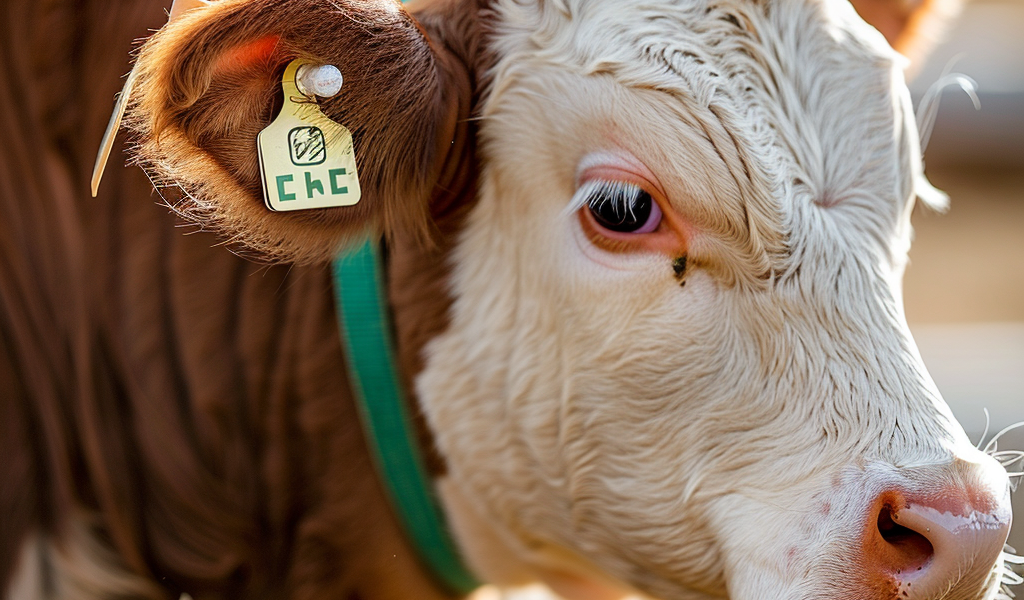More cattle tags are being retained as tag makers continue to improve reliability against harsh conditions. The national livestock identification system, in place for nearly 25 years, has undergone significant improvements in recent years.
Producers are increasingly benefiting from farm management systems connected to readers linked to scales, all enabled by radio frequency identification (RFID) tags. From lost animals to identification at export, transport, and traceability, the presence of tags plays a crucial role in seamless operations.
Notably, purebred beef breeds are utilizing tags for breed identification, with different-colored backs indicating specific breeds such as Angus (green backs) or Simmental (blue backs). Some breed organizations offer incentives for early registration and tag issuance, promoting widespread adoption.
While standard tags remain yellow, certain sire groups and purebred breeders are sticking with this color. Bison industry tags are white, with an attached marketing fee for easy detection of tag errors.
Efforts are now focused on tag retention, with advancements leading to a significant decrease in lost tags over time. Previously, around 18% of tags were lost within six years, a timeframe most beef cows reach. The durability of tags has improved, with microchip failures becoming increasingly rare.





